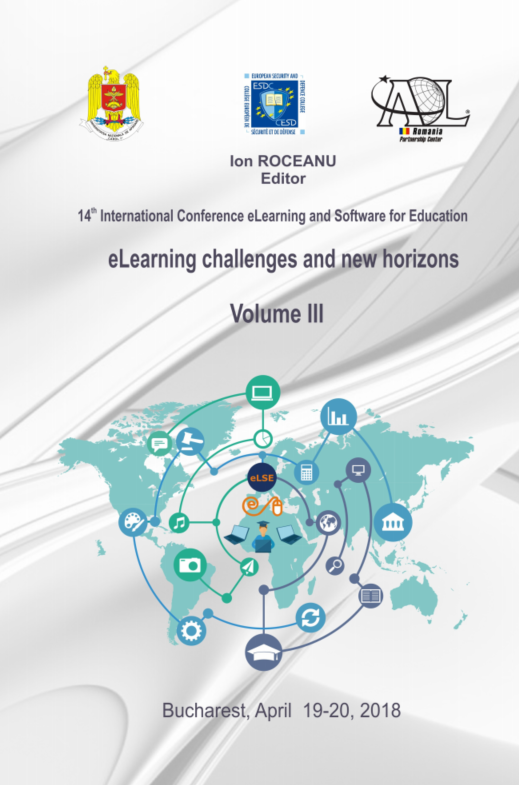Effectiveness of Kyphosis Recovery Procedures and Kyphotic Attitudes - Comparison between Kinetotherapy and Ham with Auditiv Feedback
Effectiveness of Kyphosis Recovery Procedures and Kyphotic Attitudes - Comparison between Kinetotherapy and Ham with Auditiv Feedback
Author(s): Mircea-Nicolae Ordean, Vlad Teodor GrosuSubject(s): Social Sciences, Education
Published by: Carol I National Defence University Publishing House
Keywords: kyphosis; physiotherapy; ham with auditiv feedback; spine; inclinometer; the square;
Summary/Abstract: This study aimed to evaluate 10 male and female children between the ages of 15-18, who had problems with static vertebral, chest, and kyphotic attitudes. After the evaluation, this study sought to treat the deficiencies by two different procedures: kinetotherapy and ham with auditiv feedback. Purpose of the study: The results of the two procedures were compared at the end, thus establishing a hierarchy on the effectiveness of correcting these deficiencies. Methods: During the study, we evaluated and then analyzed the angle of the column and the scapular-humeral belt deflection. These measurements were made in three different spatial times: initial, intermediate and final. Findings and results: The best results, the most effective procedure, was kinetotherapy, compared to the ham hearing procedure. In other words, for the angle of the column, in the case of the first experimental sample - kinetotherapy, there was a decreasing evolution from the initial to the final point of 9.0 degrees, and for the second experimental sample - 2 degrees. For the distance between the acromium-wall, in the case of the first experimental sample, there was also a descending evolution from the initial to the final one of 4.6 cm and the second of 3.2 cm. Conclusions and recommendations: The present study had as a general objective the investigation of the efficacy of two different procedures in order to correct the problems of static vertebral, cifotic and atypical attitudes, bringing statistically significant changes. After an ample analysis of these results, having as background source other studies, we have tried to understand why auditory feedback has had weaker results, being a last generation method that should improve the results. Based on previous data, we want to see if through a software system we can achieve the performance of other recovery methods, and besides, the system wants to be able to offer suggestions and set some measured values.
Journal: Conference proceedings of »eLearning and Software for Education« (eLSE)
- Issue Year: 14/2018
- Issue No: 03
- Page Range: 470-474
- Page Count: 5
- Language: English

